Travel
Pillow
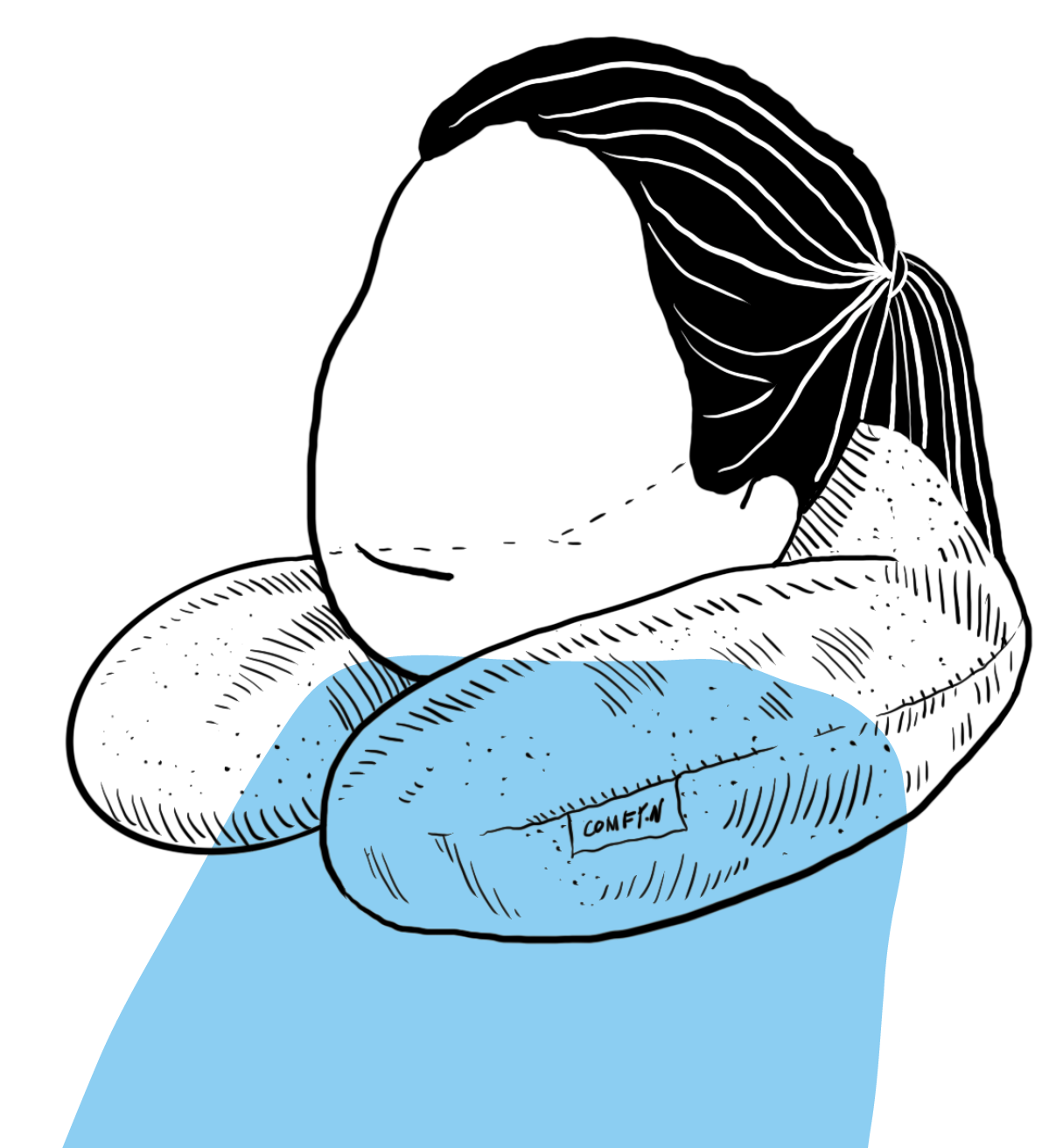
The travel pillow is a ubiquitous travel accessory, whose appeal may arise from providing more psychological, rather than physiological comfort.
︎︎︎ Related entries:
Armrest
Comfort
Jet Lag
Jetiquette
︎ Random Entry
Tags: product design, proxemics,
materials, psychology
Armrest
Comfort
Jet Lag
Jetiquette
︎ Random Entry
Tags: product design, proxemics,
materials, psychology
Design Decisions
The travel pillow is a ubiquitous travel accessory, with vast popularity but unproven utility in providing ergonomic support during sleep.
The design of the travel pillow may have its precursor in bathtub pillows. The idea for a portable U-shaped pillow that surrounds the neck was first patented in 1929, to be used to support a reclining person in the bathtub [1]. In the patent filing, the bathtub pillow’s crescent shape is described to be “such that the head (is) most comfortably supported, and yet the wearer will not feel confined or oppressed” [ 2 ]. Today, the travel pillow has become a universal modern day travel accessory for both air and train travel, rising in popularity in the last four decades and becoming ubiquitous in the last two decades [1].
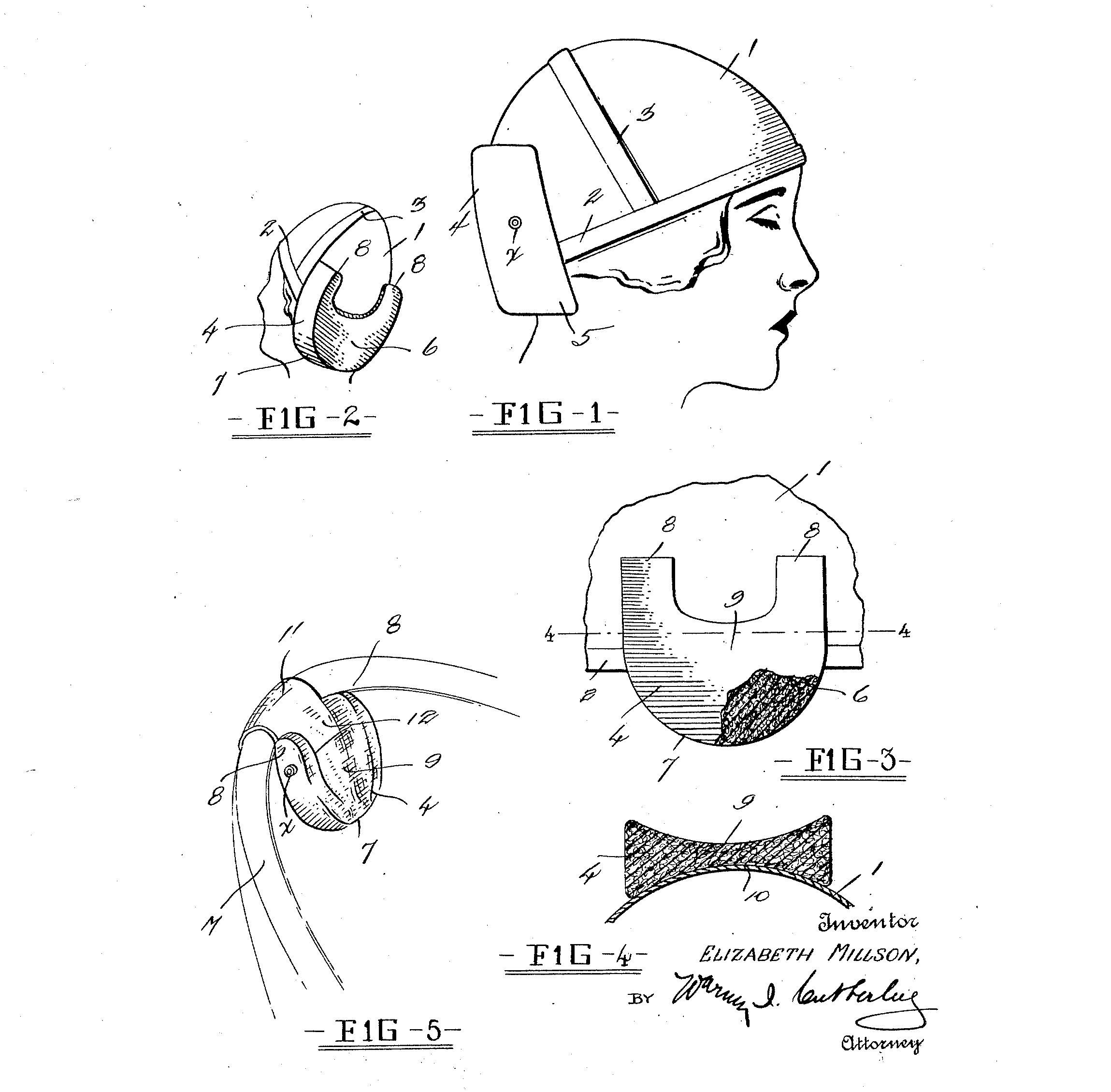
Figure 1: US Patent for a bath pillow: US1713049A, issued 1929 to Elizabeth Millson2
The human head weighs approximately 10 pounds, a significant load. Most U-shaped pillows might not be built firm enough or high enough to help most people, to effectively keep their neck in a comfortable physiological position while asleep [3]. In addition, it provides little side support to prevent lateral movement, and almost no support in the front when the chin tilts forward. To address this, recent attempts to improve the travel pillow have included straps to hold one’s head in place [4], or box-line contraptions to place one’s head in [5, 6]. In addition, different manufacturers have been experimenting with different types of microbeads to help shut out more sound to the user.
Effects on Passengers
Popular opinion is split on their utility, and little academic research has been conducted on how much support the neck needs while sleeping, and whether travel pillows help, hurt, or have no effect on the passenger [1]. Yet, their neverending popularity remains a curious phenomenon.
Els van der Helm, a sleep expert with a background in neuroscience and psychology, hypothesizes that the travel pillow “preys on our fear that everyone else is sleeping around you, and you won’t be able to sleep. You have this desperate feeling, so you throw money at the problem” [1]. It is possible that the popularity of travel pillows may be due to herd mentality or the power of the placebo effect. It is also possible that travel pillows are being used as a tactic to avoid accidentally leaning on a stranger while sleeping, a major intrusion of fellow passengers’ personal space and a potential source of embarrassment.
In addition, travel pillows’ appeal may lay in its cocoon-like association, especially with newer designs that encompass the whole head such as the Ostrichpillow [7]. People often have a strong desire to shut out the sensory bombardment of the outside world during sleep, and this usually manifests by people curling up under blankets, or seeking a dark, safe space to take a nap. This desire is a theme frequently explored in the art and design world, and many artists have created physical cocoons for sensory respite, or even pillows to silently scream into in public spaces [8].
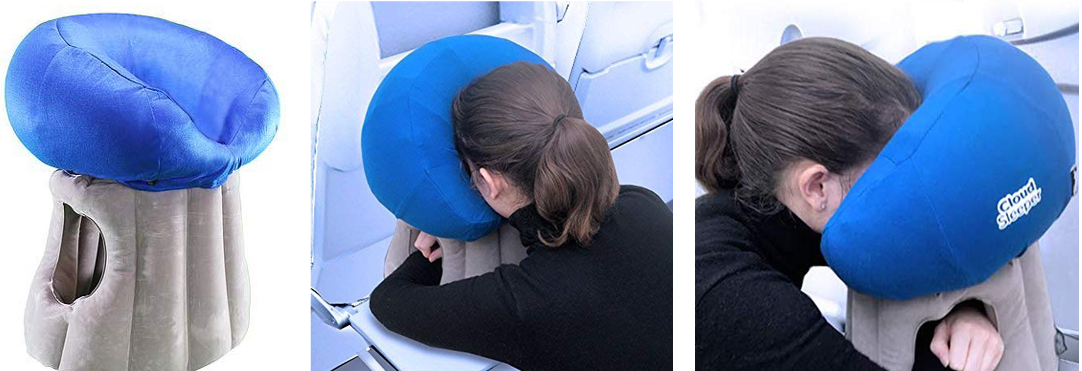
Figure 2. Clöudz EZInflate travel pillow can
be inflated with three or four breaths and rested on a tray table or lap6.

Figure 3. Relax Alley Travel Restband6.
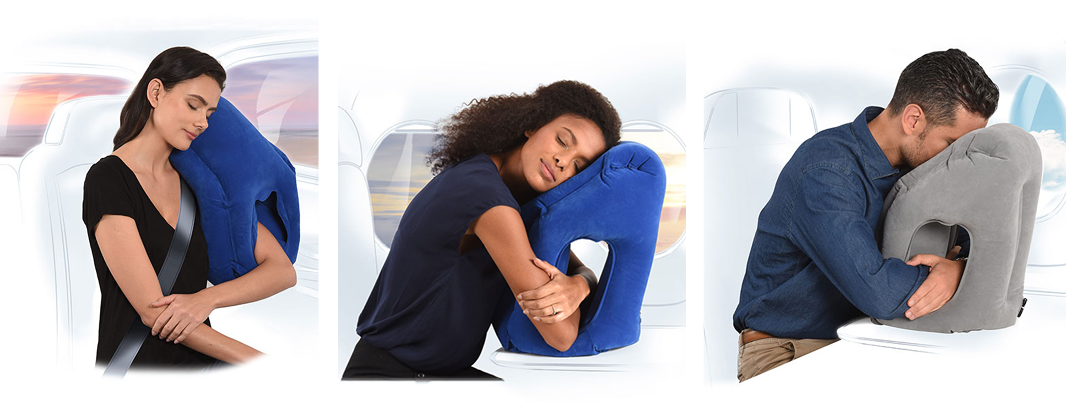
Figure 4. Woollip travel pillow can be used against the wall of the plane or the tray table6.
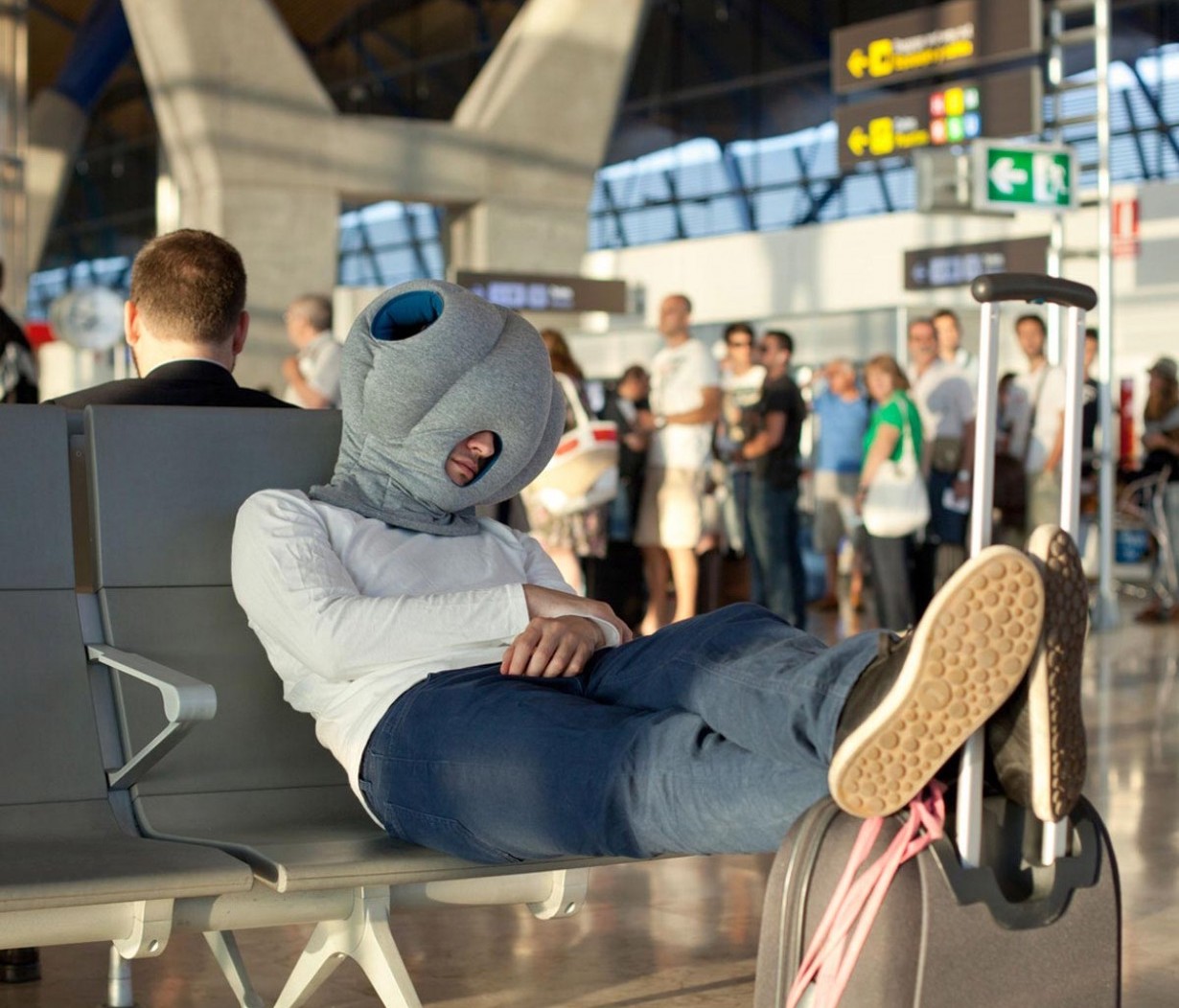
Figure 5. Ostrich Pillow can be used both on the plane and in the airport, and is filled with silicon covered micro-beads for sound reduction6.
- Heller, Karen. “Inside America’s Dysfunctional Love Affair with the Travel Pillow.” Washington Post, September 9, 2019, sec. Style.
-
Elizabeth, Millson. 1929. Bath pillow. United States US1713049A, filed March 31, 1928, and issued May 14, 1929.
-
Conaboy, Kelly. 2017. “Against the Travel Neck Pillow.” The Atlantic. October 10, 2017.
-
“Relax ALLY.” 2014. December 26, 2014.
-
“PowerSiesta: The Ultimate Sleep Solution for Travel.” n.d. Kickstarter. Accessed October 3, 2019
-
“Woollip - The Original Travel Pillow.” n.d. Accessed October 3, 2019.
-
Samadder, Rhik. “Ostrichpillow Light - the Sleep Turban That Has Transformed My Long-Haul Journeys.” The Guardian, Sept. 17, 2019.
- Dobson, Kelly. “Screambody. Wearable Body Organs.” MIT, 1998.